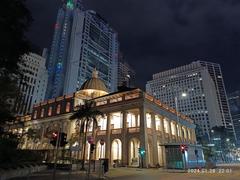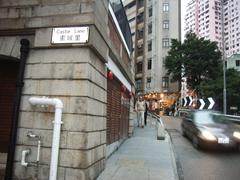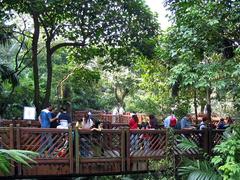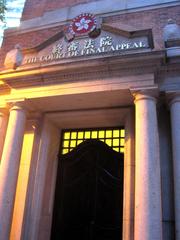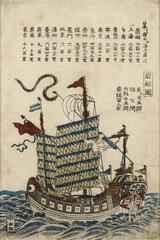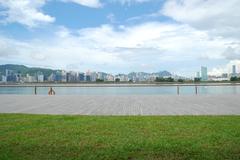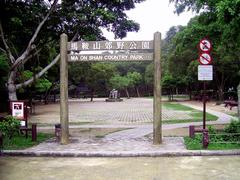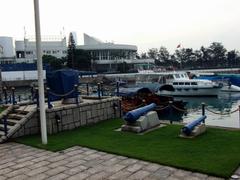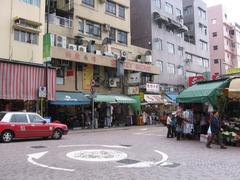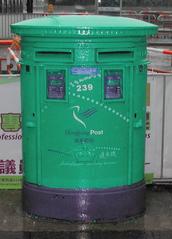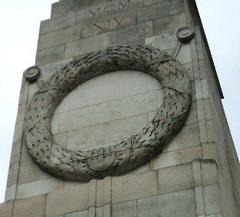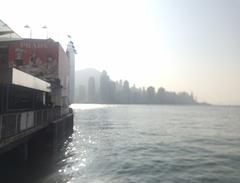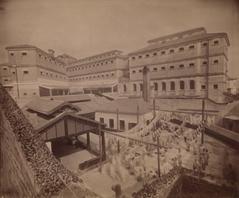Visiting Cheung Po Tsai Cave in Hong Kong: History, Tips, and Visitor Information
Publication Date: 20/07/2024
Introduction to Cheung Po Tsai Cave
Cheung Po Tsai Cave, situated on Cheung Chau Island in Hong Kong, is a captivating destination steeped in history and pirate lore. Named after the notorious pirate Cheung Po Tsai, who terrorized the South China Sea in the early 19th century, this cave is an essential stop for history enthusiasts and adventurers alike. Cheung Po Tsai, originally a fisherman from Guangdong Province, rose to infamy after being captured and inducted into a pirate fleet. His leadership and cunning made him one of the most formidable pirates of his time, commanding a fleet of hundreds of ships and thousands of men. The cave on Cheung Chau Island served as one of his hideouts, strategically located to store treasures and evade capture by the Qing Dynasty’s naval forces. Today, the cave stands as a symbol of Hong Kong’s rich maritime heritage and the adventurous spirit that pervades its history. Visitors can explore this historical site while enjoying the natural beauty and cultural richness of Cheung Chau Island, making it a multifaceted attraction that offers both historical insights and scenic exploration.
Table of Contents
- [Introduction](#introductionintroduction)
- [Historical Background](#historical-backgroundhistorical-background)
- [Origins and Early History](#origins-and-early-historyorigins-and-early-history)
- [The Pirate Era](#the-pirate-erathe-pirate-era)
- [Qing Dynasty Crackdown](#qing-dynasty-crackdownqing-dynasty-crackdown)
- [Cultural Significance](#cultural-significancecultural-significance)
- [Archaeological Findings](#archaeological-findingsarchaeological-findings)
- [Visitor Information](#visitor-informationvisitor-information)
- [Visiting Hours](#visiting-hoursvisiting-hours)
- [Tickets](#ticketstickets)
- [Travel Tips](#travel-tipstravel-tips)
- [Nearby Attractions](#nearby-attractionsnearby-attractions)
- [Cheung Chau Beach](#cheung-chau-beachcheung-chau-beach)
- [Pak Tai Temple](#pak-tai-templepak-tai-temple)
- [Cheung Chau Market](#cheung-chau-marketcheung-chau-market)
- [Accessibility](#accessibilityaccessibility)
- [FAQ](#faqfaq)
- [Conclusion](#conclusionconclusion)
- [References and Further Reading](#references-and-further-readingreferences-and-further-reading)
Historical Background
Origins and Early History
Cheung Po Tsai Cave, located on Cheung Chau Island in Hong Kong, dates back to the early 19th century and is named after the infamous pirate Cheung Po Tsai. Born in 1783 in Xinhui, Guangdong Province, Cheung Po Tsai was captured by the pirate Zheng Yi at 15 and quickly rose through the ranks to become a notorious pirate leader.
The Pirate Era
Cheung Po Tsai commanded one of the largest pirate fleets in the South China Sea, with estimates suggesting he led up to 600 ships and 50,000 men. The cave on Cheung Chau Island served as one of his many hideouts and storage locations for his treasures. Its strategic location made it an ideal spot for concealing both men and loot.
Qing Dynasty Crackdown
In 1810, the Qing government offered amnesty to pirates who surrendered. Recognizing the futility of continued resistance, Cheung Po Tsai accepted the offer and was appointed as a naval officer, tasked with combating piracy. This marked the end of his pirate career but cemented his legacy as one of the most formidable pirates in Chinese history.
Cultural Significance
Cheung Po Tsai’s story has become an integral part of Hong Kong’s cultural heritage. The cave is immortalized in local folklore and popular culture, symbolizing the adventurous and rebellious spirit of the region. It is often featured in films, television series, and literature.
Archaeological Findings
Excavations in and around the cave have uncovered artifacts dating back to the Qing Dynasty, providing valuable insights into the daily lives of pirates and the broader maritime culture of the time. The cave’s historical significance is underscored by its inclusion in various heritage conservation efforts aimed at preserving Hong Kong’s rich maritime history.
Visitor Information
Visiting Hours
Cheung Po Tsai Cave is open daily from 9:00 AM to 5:00 PM. It is recommended to visit during weekdays to avoid the weekend crowds.
Tickets
There is no admission fee to visit Cheung Po Tsai Cave. However, guided tours are available for a fee, and these can be booked through local tour operators or the Hong Kong Tourism Board website.
Travel Tips
- Best Time to Visit: The best time to visit is during the cooler months, from October to March.
- What to Bring: Wear comfortable hiking shoes, bring water, and be prepared for a short hike to the cave.
- Getting There: The cave is accessible via a short hike from the main village on Cheung Chau Island. Ferries to Cheung Chau are available from Central Pier in Hong Kong.
Nearby Attractions
- Cheung Chau Beach: A beautiful sandy beach perfect for relaxation and water activities.
- Pak Tai Temple: A historic temple dedicated to the Taoist deity Pak Tai.
- Cheung Chau Market: A bustling market offering local food and souvenirs.
Accessibility
Cheung Po Tsai Cave is not easily accessible for visitors with disabilities or those with limited mobility due to the rocky terrain and the short hike required to reach the cave. However, efforts are being made to improve accessibility through guided tours and visitor assistance programs.
FAQ
- When is Cheung Po Tsai Cave open? The cave is open daily from 9:00 AM to 5:00 PM.
- How to get to Cheung Po Tsai Cave? The cave is accessible via a short hike from the main village on Cheung Chau Island. Ferries to Cheung Chau are available from Central Pier in Hong Kong.
Conclusion
Cheung Po Tsai Cave offers a unique window into Hong Kong’s maritime past. From its origins as a pirate hideout to its modern-day status as a cherished historical site, the cave is a fascinating destination for history enthusiasts and casual visitors alike. Explore its natural beauty, delve into its captivating stories, and be sure to check out other nearby attractions on Cheung Chau Island.

